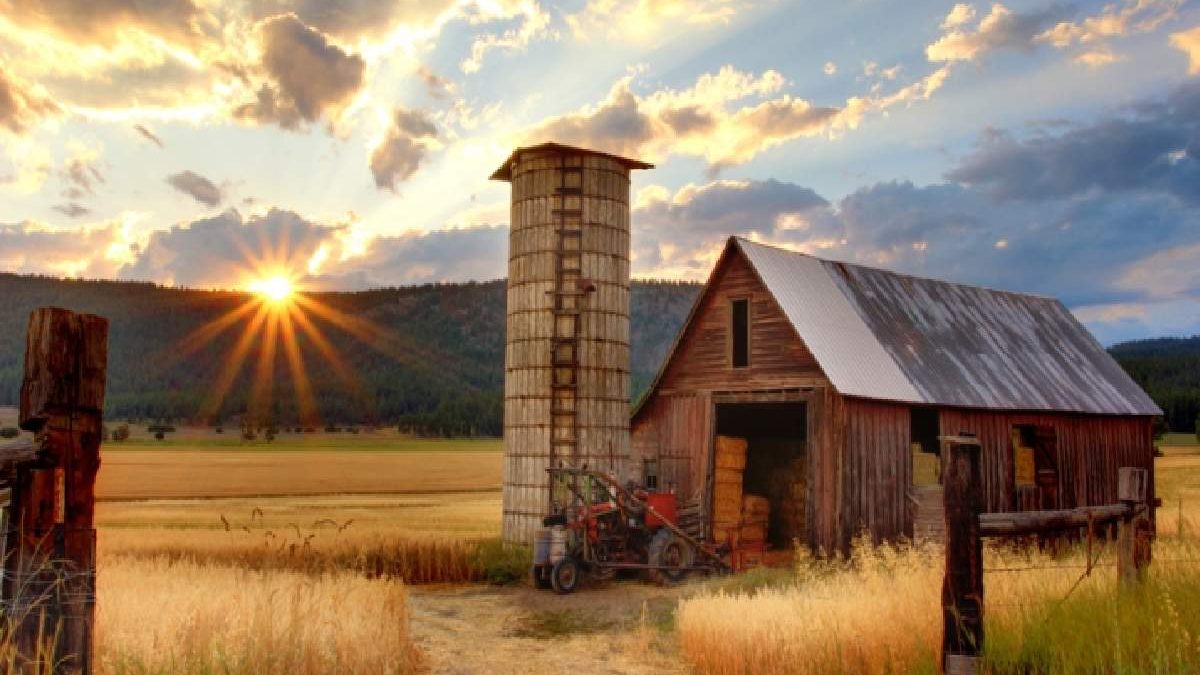A Back-to-the-land movement is one of many rural movements through different historical periods. The public thread is a call for people to take small farms and produce food from the land with a stress on a greater degree of self-reliance, self-reliance ,local community than the one finds in a predominantly industrial or post-industrial way of life.
Table of Contents
There A Variety Of Motives Back-to-the-land movement
Such as social reform, land reform, and civil war efforts. Groups involved included political activists, counterculture hippies religious separatists.
The concept spread in the United States in the early 1900s by activist Bolton Hall, who established farming on vacant lots in New York City and wrote numerous books on the subject. and by his disciple Ralph Borzoi, who is known for his practical independent living experiences during the 1920s and 1930s. The practice, but strong in Europe even before this time
During World War II,
When Britain faced a blockade by Nazi submarines, a ‘Dig for Victory’ campaign urged civilians to tackle food shortages by growing vegetables on all available and. . In the United States, between the mid-1960s and mid-1970s, there was a new homecoming movement, with vast numbers of people migrating from cities to rural areas.
The Back to Earth movement has ideological ties to distributism, an attempt in the 1920s and 1930s to find a “third way” between capitalism and socialism.
American poet and social commentator Gary Snyder recounted that there had been movements of people to land over the centuries and around the world, in large part due to the emergence of urban severe problems and the felt need for people to live better lives. , often to survive.
Urban Planning Historian
And philosopher Jane Jacobs commented in an interview with Stewart Brand that with the fall of Rome, city dwellers returned to live in the region’s rural areas.
From another point of departure, Yi-Fu Tuan considers that such tendencies have often been privileged and motivated by sentiment. “Awareness of the past is an important part of loving place,” he writes in his 1974 book Topophilia. Tuan writes that appreciation of nature stems from the wealth, privilege, and antithetical values of cities. He argues that literature on earth (and, later, back to world) is sentimental mainly; “Little,” he writes, “is known about the attitudes of farmers towards nature .
In North America, many individuals and households have moved from urban or suburban to rural at different times; for example, American economic theorist and experimenter Ralph Borzoi (author of Flight from the City). And also have unfair thousands of people living in cities to try modern farm life during the Great Depression. The New Deal city of Arthurdale, West Virginia, It built in 1933 using the back-to-the-land ideas prevalent.
Again, there was some interest in moving to rural land after WWII. In 1947, Betty MacDonald publish what you say became a popular book, The Egg and Me, telling her story of getting marry and then moving to a small farm on the Olympic Peninsula in Washington state. This story form the basis of a successful comedy starring Claudette Colbert and Fred MacMurray.
Canadian writer Farley Mowat says that many returning veterans from WWII. And also have sought meaningful lives away from the indignity of modern warfare. And also seeing their own experience as typical of the model. In Canada, those who seek a life ultimately outside the cities,
But what made the subsequent phenomenon of the 1960s and 1970s particularly significant was that the trend towards rural relocation large enough to identifier in US population statistics.
The roots of this movement can maybe drawn in some books by Bradford Angier. It such as At Home in the Forests (1951) and We Alike it Wild (1963). And also We Took to the Woods (1942) by Louise Dickinson Rich and later books. Perhaps even more convincingly with the publication in 1954 of Helen and Scott Nearing’s book, Living the Good Life. This book chronicles the Nearing’s move to an older house in Vermont


